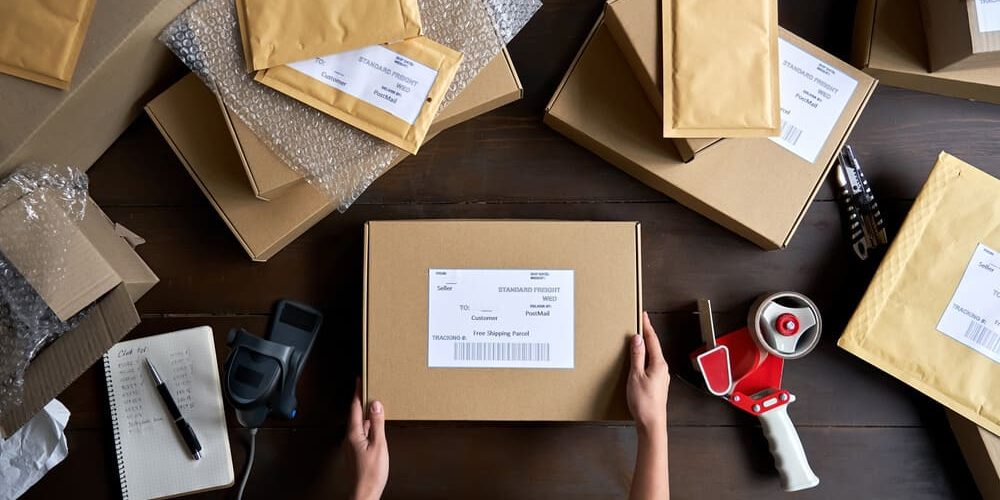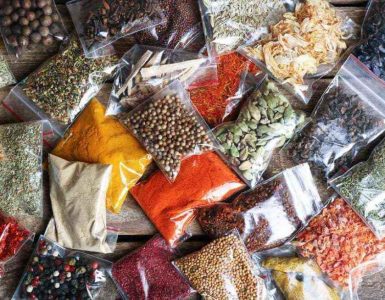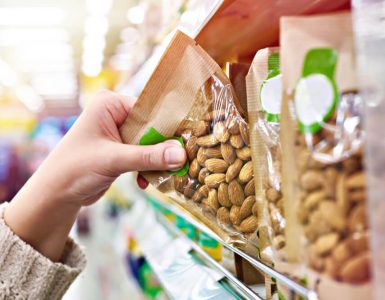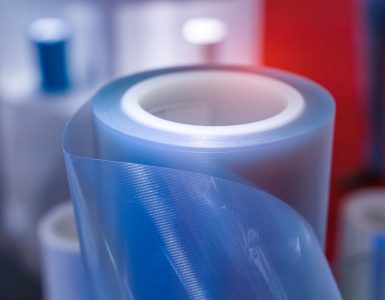For years we have used containers and packaging to present and transport items from one place to another without being damaged on the journey. Throughout history, different materials have been used as containers and packaging: from large tree leaves to boxes or protective plastic bags. But do you know the difference between packaging and packing?
The words “container” and “packaging” are often used together, sometimes incorrectly. However, each of them has nuances that make them completely different concepts. At Uniuso we explain the difference between the two concepts so that you can make the right choice from our wide range of containers and packaging.
Índice
What is packing?
Packaging is a wrapping that remains in contact with the product in question. Its main function is to provide a suitable support with which to keep, handle, store and distribute the contents in a convenient and simple way. What makes the difference with respect to packaging are very subtle nuances, the container being, for example, the plastic bottle that stores the water and the packaging the box in which several units are transported from the warehouse to the shop.
Types of packing
Depending on the function it fulfils and the use of the packaging for each product, they may be:
Primary packing
The primary packing is the one that remains in direct contact with the product, protecting it and allowing its storage. Depending on the product, the primary packing can have a high commercial impact or, on the contrary, lack it if it has a secondary packing that covers it. The primary packing is essential for any product as it not only contains the product, but also displays the data and information required by law to achieve maximum transparency with the consumer.
As a general rule, when reference is made to “packing” without specifying the type of packaging, it refers to the primary packing.
Secondary packing
Secondary packing is the packing that protects the primary packing and is usually discarded when the product is about to be used. Also known as packing, it usually has a great communicative and advertising function, so brands tend to make it very attractive to the consumer. Therefore, secondary packing thus becomes an element with a differential value capable of transmitting the image and values of the brand while protecting the primary packing and, on occasions, grouping several units together.
With the arrival of ecommerce and the rise of internet sales, packaging continues to acquire importance and relevance in different sectors where the moment of “unboxing” is part of the online shopping experience.
Tertiary packing
Tertiary packing is also known as transport packing and, therefore, its main function is to protect the product during handling and transport. Within the tertiary packing there will be primary packing, secondary packing and even packing made of different materials to guarantee the correct condition of the product during distribution and export.
A clear example of tertiary packing would be a box or pallet that guarantees the necessary features for correct transport. In addition, tertiary packing must comply with current legislation and standards regarding the information that must be displayed on the outside. Nowadays, some tertiary packing has advanced technology that makes it possible to seal the packing against external meteorological factors.
What is packaging?
Although it may at times be confused with packaging, packaging primarily serves the functions of protection and preservation of pre-packaged products. Therefore, packaging services are primarily intended to ensure proper and safe transport and logistics for each item. Furthermore, it is important to note that the packaging does not always have to be a cardboard box, but can also be a heavy-duty plastic covering for the product in question.
In addition, the packaging should also contain detailed information on the outside to facilitate the identification of the contents and the requirements for proper handling.
What are the main differences between packing and packaging?
As we have seen, although packing and packaging may seem to be synonymous concepts, they are not. Their characteristics and performance may be similar or even the same, however, when thinking about a given product we can clearly differentiate what is packing and what is packaging.
Examples of packing
Some of the most commonly used packing, regardless of whether they are primary, secondary or tertiary, include:
- Bottles
- Containers
- Polypropylene bag
- Kraft paper bag
- Envelope
- Medium or small boxes
- Polyethylene bag
- Containers
- Protective plastic
- Pallets
Examples of packaging
Packaging, therefore, focuses on the protection of the product and the container in order to achieve optimum transport in which the contents are not damaged. Some of the most common are:
- Cardboard box
- Wooden box
- Plastic
- Polypropylene packaging
- High resistance elastic paper
At Uniuso we have a wide variety of containers and packaging with which you can take care of your product with maximum performance. Thanks to the high quality of our packing materials, you will be able to present your product in an attractive way and achieve a safe, resistant and protective transport.













